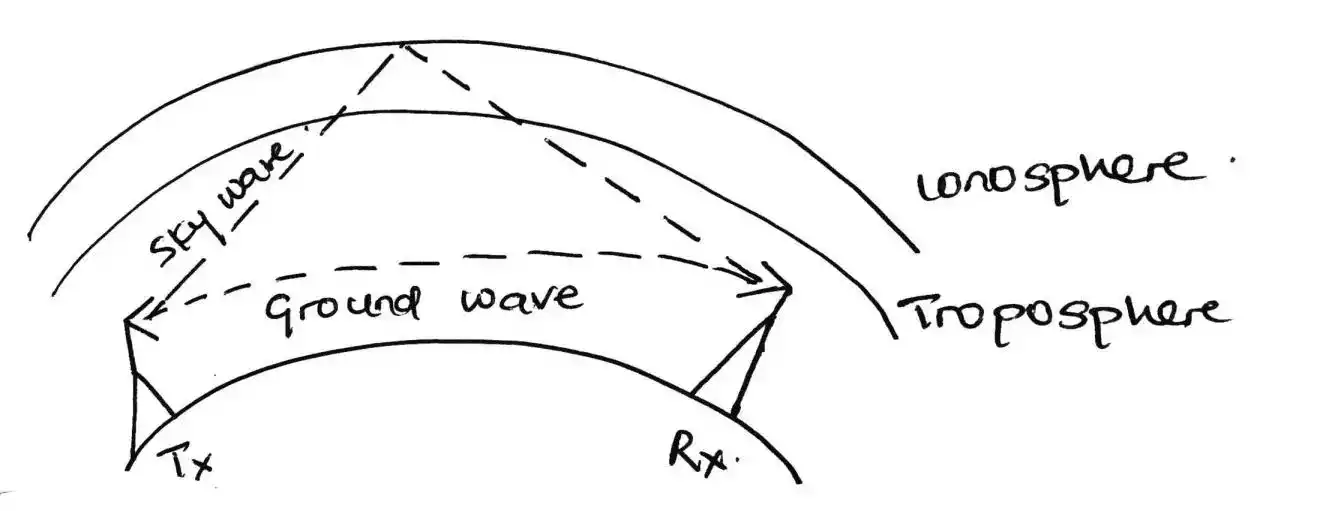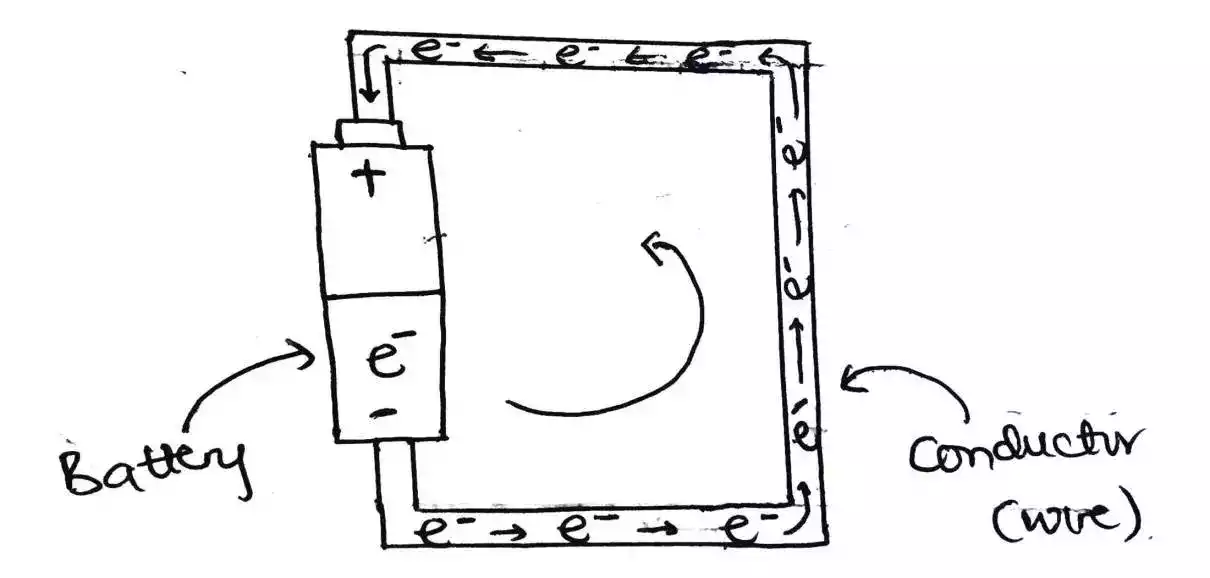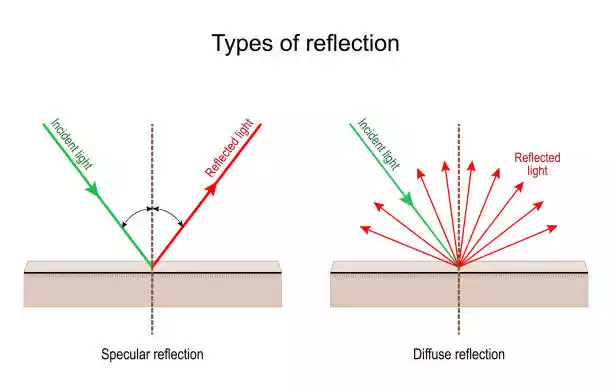What Is Electrical Power in Terms of Current and Potential Difference?
Electric power is the rate at which electrical energy is transferred from one circuit element to another. It is a measure of how much electrical energy is being used or generated per unit of time.
It is measured in watts (W) and is equal to the product of the current (I) flowing through a device and the potential difference (V) across that device.
Read On: What Is Voltage, Current, and Resistance In Simple Terms?
Current is the flow of electric charge through a circuit, while potential difference is the voltage difference between two points in a circuit.
Electric power can be calculated using two basic measurements: current and potential difference, which are related to each other by Ohm’s law.
Read On: What Is Ohms Law In Simple Terms? And Why Is It Useful?
Mathematically, the formula for electrical power is:
P = I × V
where P is the power in watts, I is the current in amperes, and V is the potential difference in volts.
This formula can be rearranged to find any one of the three values if the other two are known.
For example, let’s say we have a circuit with a voltage of 120 volts and a current of 2 amperes. Using the formula, we can calculate the power as follows:
P = VI, P = 120 V × 2 A therefore, P = 240 watts
This means that the circuit is using or generating electrical power at a rate of 240 watts.
In another example, if a light bulb is connected to a 120-volt electrical circuit and draws a current of 1 ampere, the electrical power used by the light bulb is:
P = I × V, P = 1 A × 120 V = 120 watts.
This means that the light bulb is using electrical power at a rate of 120 watts, which determines how bright the light will be.
In practical applications, electric power is used to run electrical devices, such as lights, appliances, and motors. The amount of power required by these devices varies depending on their design and intended use.
The higher the power rating of a device, the more electrical energy it consumes or generates per unit of time.





